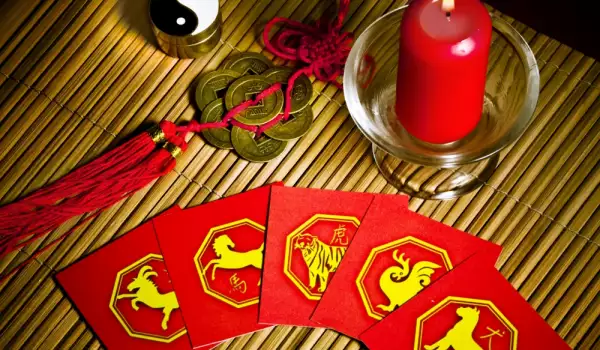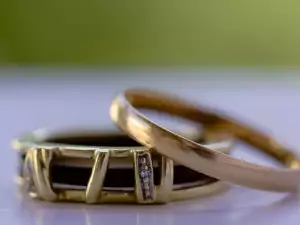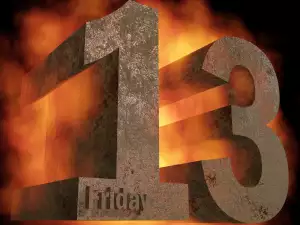It is said that the modern world is led by common sense, accompanied by various traditions. And even though every nation on Earth has its own superstitions which are more or less observed by its citizens, in the Eastern countries everything is led by them.
So in order for a person to fit in to the way of life in Eastern and Southern Asia, they need to have a wide knowledge in the fields of the local magic and customs. Here we will familiarize you with the main superstitions that dominate the East.
1. Lucky numbers
As strange as it may sound to a person from the West, in many Asian countries the calendar is divided into good and bad days. Besides the people themselves, the lucky numbers affect the work of the government, architecture and a whole bunch of state institutions.
When young people decide to get married, they have to visit a fortuneteller to determine their karmic compatibility, as well as a suitable date for swearing in holy matrimony.

In China and Japan they believe that the number 13 brings negative energy which is why it is often excluded when constructing new buildings and the elevators there do not even have a button with such a number.
In Thailand and China, 9 is considered a lucky number, since in their languages it is translated as "moving forward". However in Japan the situation is quite different. There, 9 is pronounced "ku", which means pain and suffering. That is why many of the hospitals in the country only have 8 floors.
2. The rhombus
To the Chinese, this geometric shape is equivalent to the Devil in Western countries. It is believed that the sharp angles of the terrifying symbol cut off happiness, while the different sides form ill-being.
An interesting case related to this superstition was the situation with the Bank of China Tower. It was completed in the year 1990, built by the great architect I. M. Pei, who also designed the glass pyramid in front of the Louvre, but the Tower led to a public scandal.
The building is supposed to resemble bamboo stalks, symbolizing prosperity, but its outer panels consist of rhomboid glass. It even got to the point where China was accused of plotting against the still British controlled Hong Kong at the time.













